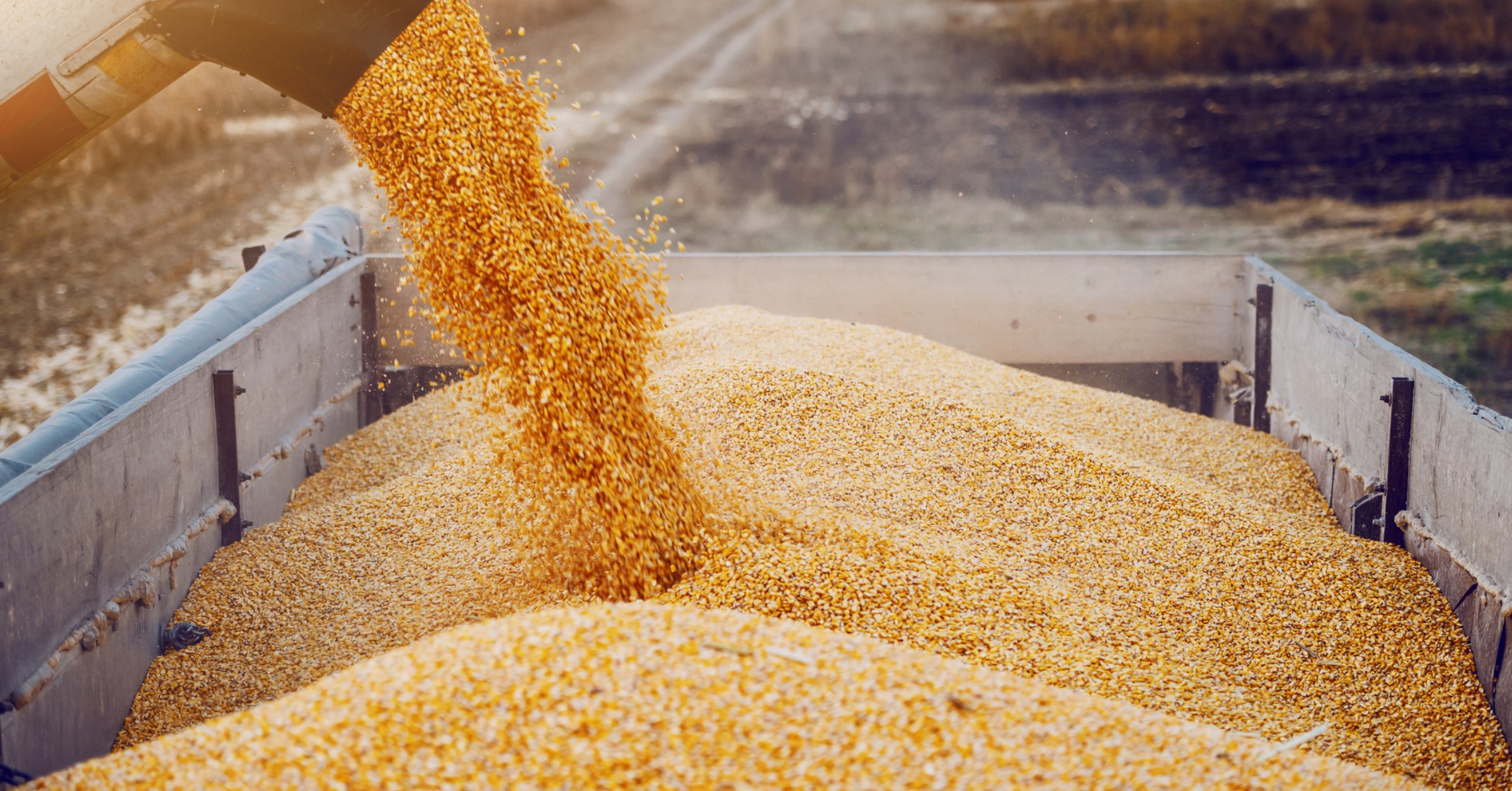More than 10% loss occurs due to pests and improper storage of grains. So, grain storage holds a prominent role in maintaining the quality of grains from the farm to the food table. This is a crucial step to keep the grains in optimal condition to keep their economic and nutritional value high at all times. Thus, in this comprehensive guide, you will learn about all the top grain storage options and why proper grain storage is necessary. Moreover, we have also covered the challenges of grain storage which hinder the refining of grain quality. So, without any further delay, let’s get started!
5 Different Types Of Grain Storage Facilities Available
Given below are different types of grain storage facilities available in the market for better storage.
- Silos
These are large cylindrical structures designed to store different grains in bulk quantities. Designed in steel or concrete material, they are airtight to maintain grain freshness for a long time. Also, this helps the grains to stay intact from all types of external pathogens.
- Grain elevators
Being the central collection zone, these elevators are also the point of grain distribution. They also help in grain drying, cleaning, and grading to keep the grains in a well-suited environment. This storage is mainly called the grain titans.
- Ground Storage
This storage option is as simple as its name. Storing the grains on the ground covered by tarps to protect them from pests and rain is what it means. This is quite economical and is mostly used in peak harvest seasons for immediate storage.
- Grain bins
Resembling Silos, grain bins are usually shorter and different in function than Silos. They are designed using corrugated steel and are primarily used for temporary farm harvest storage. Since they have perforated floors, the grains can easily maintain moisture and temperature levels properly.
- Warehouses
These multi-purpose grain storage structures are quite expansive. Since they impart a controlled environment, all the grains stay free from moisture and pest issues. Also, these warehouses offer a versatile solution in the grain storage arena.
Good grain storage is helpful in detecting any types of problems quite early which helps in controlling the damage and ensuring no pest or mold growth for rapid action.
Role Of Storing Grains Properly
The grain coming to your table goes through a long journey. In the whole journey, grain storage is one of the crucial steps. Let us understand the importance of grain storage practice in detail.
- Preserve The Quality Of Grain
You have to remember that once the grain is harvested from the crop, it is not immune to degradation. There are several external factors like pests, moisture, fungus, etc. that can easily deteriorate the quality of grain and damage it completely. So, one of the major perks of proper grain storage is preserving the grain quality. By keeping the grain in a controlled environment, you can keep the nutritional value intact. Grain storage acts as a protective shield for the grains which protects them from all the eternal factors. It ensures that the end consumer is getting a product that has its full nutritional value without any damage.
- Waste Reduction
In today’s world, food security has become necessary and grain wastage is an element that has no place in sustainable growth. With improper grain storage, there is a high risk of grain loss as waste. The grain wastage further fuels food scarcity which is an alarming issue. So, with proper grain storage procedures and infrastructure, the whole agriculture industry can reduce wastage and make sure that all the grain that is harvested from the farm fulfills its intended purpose in the food chain.
- Economic Benefit
Grain holds a higher value in the life of a farmer than any other individual. It is their livelihood through which they eat and feed their whole family. So, proper grain storage is paramount for them as they can protect their harvested grain from all the degrading elements and safeguard themselves from the capricious agriculture market. With proper storage, they don’t need to sell their harvested grains immediately. They can monitor the trend of the market and avoid any rush. They can get a proper price for their grain by selling it at an optimal time and keeping the produce safe in the storage facility until then.
Challenges Revolving Around Grain Storage
Grain storage is important when it comes to preserving the quantity and quality of the grains. However, there are some challenges that can pose a danger to stored grains. Let us discuss them in detail.
- Moisture & Spoilage
You have to remember that when the grains are stored they have a certain maximum and minimum moisture threshold. If the level of moisture is deviated from that range then there is a lot of wastage. If there is excessive moisture in the facility, there can be growth of mold and fungus which can lead to grain foliage. The affected grain due to moisture and foliage loses its nutritional value and can pose a threat to the health of the consumers.
On the contrary, if the moisture level is less than the minimum threshold, then it can cause the grain to become brittle which leads to grain breakage. So, it is extremely important to get the right level of moisture while storing the grain in any facility.
- Pests
Pests pose a significant challenge for grain storage, jeopardizing both quantity and quality. Insects such as weevils and beetles infest stored grains, leading to spoilage and economic losses. Rodents are also notorious for damaging grain stocks. These pests thrive in warm, humid environments, making proper storage conditions crucial.
Traditional methods like fumigation can be costly and may have adverse health and environmental effects. Implementing integrated pest management strategies, including sanitation, temperature control, and hermetic storage, is essential for mitigating pest infestations. Regular monitoring and swift action are vital to safeguarding grain stores and ensuring food security.
- Physical Factors
Physical factors present formidable challenges for grain storage. Temperature fluctuations pose risks, as warm conditions accelerate insect activity and fungal growth, while extreme cold can cause moisture condensation and damage.
Additionally, inadequate ventilation may result in pockets of stagnant air, promoting spoilage and insect infestation. Proper facility design, including insulation, air circulation systems, and moisture control measures, is essential to mitigate these risks.
The Final Verdict
By now, you must have become aware of all the grain storage options that are helpful in preserving its nutritional value. It is time to understand the importance of storing grains for the safety of food and handle all the challenges properly. Only then, it is possible to reduce grain loss and deliver high-quality grains from farms to your homes.




Well touched thanks for the word
Thank you for the information very helpful